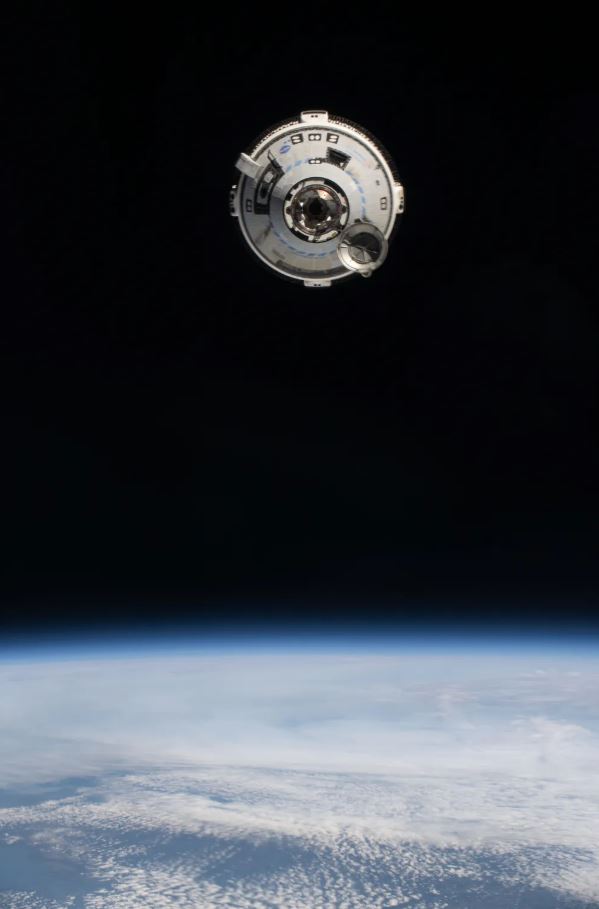Engine fire forces Virgin Australia flight
to make emergency landing
June 17 (UPI) -- A Virgin Australia flight experiencing engine problems managed to safely make an emergency landing in New Zealand on Monday.
The Boeing 737 passenger aircraft left Queenstown Airport on Monday afternoon bound for Melbourne when one of its engines caught fire.
Officials said they believe the plane struck a bird on takeoff.
Virgin Australia said 73 passengers were onboard, including 67 passengers and six crew members.
The plane was able to land without incident at Invercargill Airport in southern New Zealand, about 124 miles away.
"Virgin Australia Flight VA148 from Queenstown to Melbourne diverted to Invercargill Airport and landed safely following a possible bird strike on takeoff this evening," Stuard Aggs, chief operations officer of Virgin Australia, said, according to News.com.
"The aircraft has been met by emergency services at Invercargill Airport. The safety of our guests and crew is our highest priority."
Aggs said there were no reported injuries and arrangements were being made to get the passengers to their final destinations.
"We wish to express our appreciation for the support of Invercargill Airport, Emergency Services, local Air New Zealand team members and our crew onboard in helping to support tonight's response effort."
Boeing Starliner astronauts still stuck on ISS as engineers scramble to fix issues
Another week, another Boeing Starliner delay.

NASA and Boeing have announced, for the third time, they are again delaying the return of the Starliner from the International Space Station (ISS) to Earth. It marks another blow for the vessel, which has been hampered by technical issues.
And, now, veteran astronauts Butch Wilmore and Suni Williams are facing an uncertain return date. The space agency initially projected their mission would last anywhere from eight to 10 days, but now it’s going to last at least 20.
This week, NASA announced that Williams and Wilmore will return no earlier than June 26, as teams of engineers on Earth scramble to sort out all the issues that have plagued the vessel since launch.
Steve Stich, NASA’s Commercial Crew Program manager, told a news conference Tuesday that his team “really want to work through the remainder of the data,” but sees no reason why the Starliner won’t be able to bring the astronauts back home.
Williams and Wilmore were launched aboard Starliner June 5 and arrived at the ISS following a 24-hour flight in which the spacecraft encountered four helium leaks and five failures of its 28 maneuvering thrusters.
It’s the Starliner’s first flight with a crew and the crucial last test in a much-delayed and over-budget program before NASA can certify the spacecraft for routine astronaut missions. If approved, it will be added as a second U.S. crew vehicle in the fleet, operating alongside SpaceX’s Crew Dragon.
The new delay of the return of Starliner is intended “to give our team a little bit more time to look at the data, do some analysis and make sure we’re really ready to come home,” said Stich.
Stich said the Starliner is approved to spend up to 45 days at the ISS if needed, and it’s not unusual for astronauts to unexpectedly be required to extend their stay at the space station.
However, the most recent delay announcement isn’t exactly bolstering public faith in the Boeing craft. The latest in-flight problems follow years of other challenges Boeing has faced with Starliner, including a 2019 uncrewed test failure where dozens of software glitches, design problems and management issues nixed its ability to dock to the ISS. A 2022 repeat uncrewed test had a successful docking, but uncovered additional software issues and problems with some of the capsule’s thrusters.
Sitch noted in a news conference earlier this month that is possible the issues from 2022 may not have been fully resolved.
=====================================================================





No comments:
Post a Comment